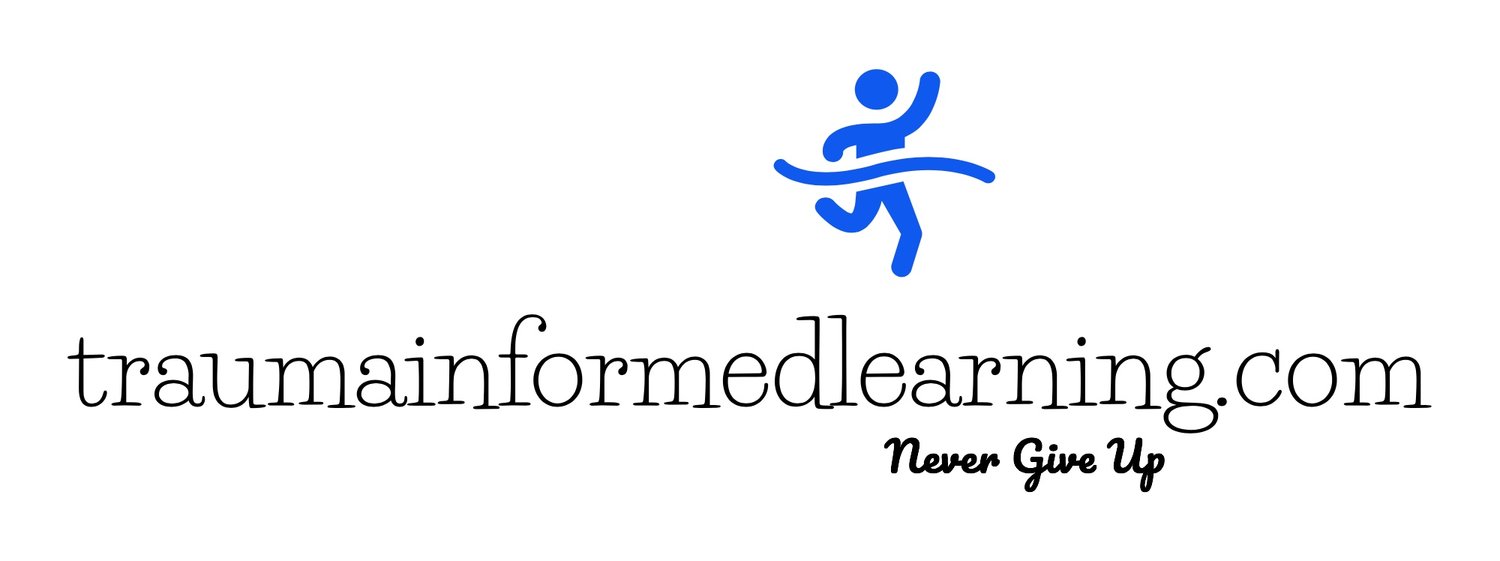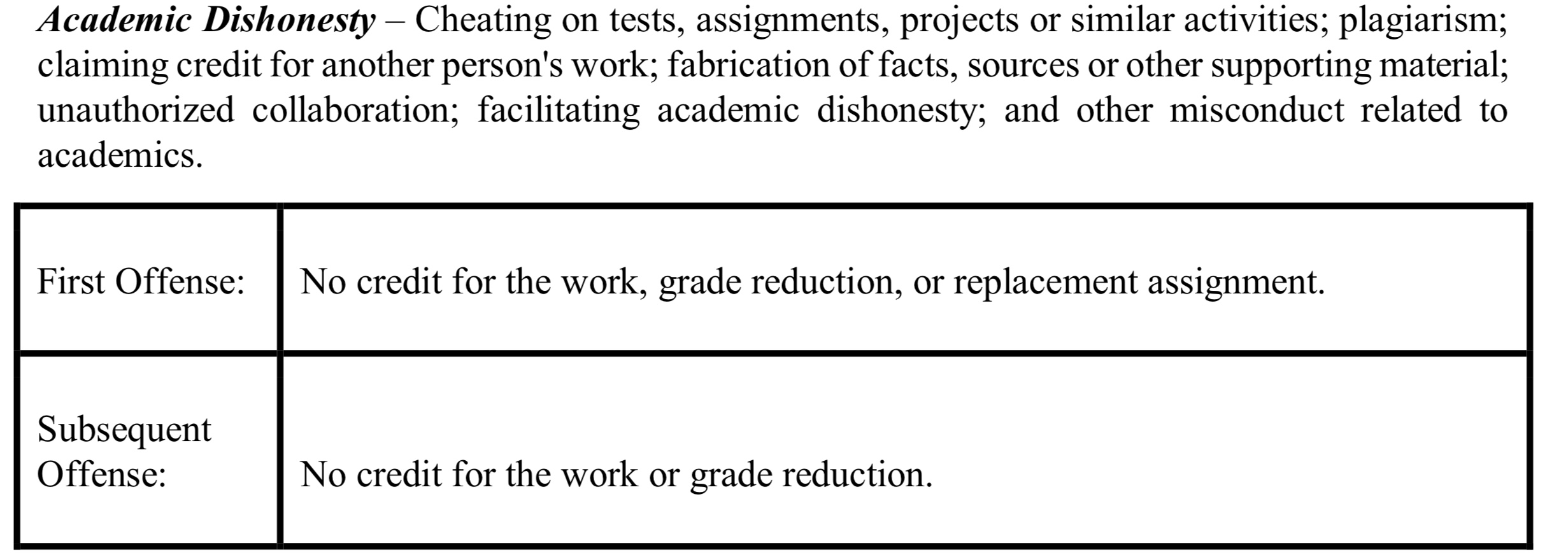"Trauma-Informed" Student Codes of Conduct
In my work as a trauma-informed school design-thinker/coach, I often visit classrooms whose wall clock doesn't reflect the actual time. For readers outside of education, this may seem trivial. For those that have served anytime as a building-level school administrator, not having everyone synchronized down to the second can hijack an entire school building and sabotage the school climate. We know that the devil is in the details with any movement, but more so with a trauma-informed movement that emphasizes mindfulness and the practice of scanning the environment with curiosity. These nuances, such as clocks out of sync, become all more apparent. They can also serve as classroom wellness checks from a Maslow hierarchy point of view and how important it is to have district-level trauma-informed champions.
So, you say you want to become a Trauma-Informed School/District? ✔
That's great! We need ALL schools to recognize the impact that ACEs (Adverse Childhood Experiences) has on learning.
You've also invited mental health professionals to come into your school and train all staff. ✔✔
Your staff is eager to learn the tools. Progress is visibly being made! ✔✔✔
And then "Tommy" happens; and the Principal is put to the trauma-informed test.
We all know Tommy. He's the kid that had to test out our authenticity.
Tommy grew up with many ACEs and has been conditioned over his short life not to trust adults.
However, Tommy has made great strides since the school embraced a trauma-informed lens. The staff is beginning to see the science behind neuroplasticity play out in Tommy's life!
The whole community is watching because Tommy's actions (much like those in his past) were all over social media which in turn, has hit the local news feed this time!
Parents have had enough and pressures mount for school officials to act swiftly. The district spokesperson informs the media that because of FERPA we cannot divulge any information other than stating that the district will be following our student discipline "Code of Conduct."
Secretly, the Principal says, "Oh No! I wished the PR person hadn't said that as I know those choices don't align to our new trauma-informed lens!"
This will test the character of the trauma-informed administrator faced with a moral dilemma that not only impacts the life of a child, but the climate/culture of an entire staff.
You are now facing a lose/lose situation!
But stop!
This scenario doesn't have to happen. To properly implement any initiative, it must be driven by systems-level changes.
From your hiring practices, to training every staff member on your payroll, school boards, parents, students, community stakeholder's, and yes that PR Director, all need to be a part of your strategic plan.
So, how do you develop systems-level changes in schools?
Step One: Assemble your Champions and Train. Repeat as needed.
As staff and your community representatives are being trained, assemble cross-sectional like-minded groups of stakeholder's and form sub-committee(s) to review your practices, procedures, and policies. I emphasized diverse stakeholder groups here because when your practices come under attack during early implementation stages (and they most certainly will in the form of Facebook), your community champions will have the greatest impact and voice!
Step Two: Leadership Groups/Sub-Committees/Strategic Plan.
Start aligning and addressing your practices, procedures, and policies within your community working groups.
For the sake of this post, we tackle Policies:
How does your student "Code of Conduct" reflect your newly adopted trauma-informed school initiative?
Well, lets see. Open up your Student Code of Conduct and put it to the test.
Let's make it easy and start with the "A's" as in "Academic Dishonesty."
That should be an easy one right?
The assumption going into this activity is that you are here because as a school or district policy-maker your community has already made a commitment to embrace a trauma-informed school mindset. In addition, you are aware of the educational neuroscience and neurobiology of how toxic stress and trauma impacts learning.
Further, you understand that the "Small P" (Building-Level practices, procedures, and policies) is driven by the "Large P" (District-Level Practices, Procedures, and Policies).
The "Large P" policies are usually driven or recommended by a district's membership in an organization such as the National School Board Association (NSBA) which are directly linked to the state organization.
School and district leaders can say they are trauma-informed. However, if their policies don't align to the research and their daily practices, fully actualizing this goal will never take place.
In fact, many initiatives die on the vine for leaders failure to understand systems-level thinking and the critical implementation "window of opportunity." If "Big P" lags too much with supporting "Little P"s efforts, it will lead to frustration of those in the trenches being empowered to champion the efforts and trust will be extremely hard to repair.
Before we move on, let's begin with a few refreshers: The MTSS Pryamid:
Credit: pbis.org
MTSS (Multi-tiered System of Support) is defined as "the practice of providing high-quality instruction and interventions matched to student need, monitoring progress frequently to make decisions about changes in instruction or goals, and applying child response data to important educational decisions" (Batsche et al., 2005).
The basic premise of any MTSS model is that student supports are increased as the child struggles with skill mastery (depicted upward in the pyramid). The biggest mindset change to happen in the last 15 years was in the understanding that behaviors should be viewed much like academics. If a child cannot read, we would naturally add more reading interventions and supports to help that child become a proficient reader.
Similarly, if a child displays mal-adaptive behaviors, additional behavioral supports would also be added as opposed to former commonly used practices that invoked exclusionary measures with less additional supports.
So, this is usually the time folks like to discuss safety. As in, "Little Tommy threw a chair across my classroom. Why isn't he going home?"
For those discussions you can insert you current restorative practices here and discuss.
The basic premise of any restorative practice model is one that promotes the "Hurt to Healing" process of all stakeholder's. Most problems arise when leaders overlook this critical connection.
Some offenses may be more forgiving, but don't look now, because up next is; Arson!
Before you throw the baby out with the bath water in your discussion with Arson; keep playing the trauma-informed therapeutic approach in your head until it becomes habit.
This will help lead problem-solving teams to focus on resources for this particular child that committed arson and at the same time address school safety needs.
Keep in mind: Our muscle memory at early implementation stages usually resort us back to our traditional view of behaviors with long-term suspensions, especially when leaders become amygdala hijacked. These outcomes not only deny teams an understanding of the function of that child's behavior, but also destroys an opportunity for positive change during one of those critical learning stages of brain development.
Review this chart before continuing:
Credit: Milwaukee Public Schools
Apply the below Six Principles of a Trauma-Informed Approach to your decision-making process:
And Go!
Academic Dishonesty
(By the way; if your Code of Conduct resembles anything like the below, you can probably assume they haven't been revised to reflect a trauma-informed mindset)
A student gets caught cheating. You are the teacher or school administrator with a trauma-informed mindset responsible for handling this event.
1. What would YOU do?
2. What information would you need in order to make a trauma-informed decision?
3. Why is it so important for teams to have an understanding of the underlying reasons "Why" the child felt compiled to cheat? (Discussion: Identification of prior setting events/input from child)
4. How would you re-write this Code of Conduct to reflect a more trauma-informed mindset applying the Six Principles of a Trauma-Informed Approach?
Congratulations! You made it through the first "A" and now are well on your way to leading positive change in your trauma-informed movement!
Call to Action: Please add any resources you may have in the comments below.






